Australia Day 2019: Three of the best Australian winter trips
Featuring the Northern Territory, Western Australia and Byron Bay
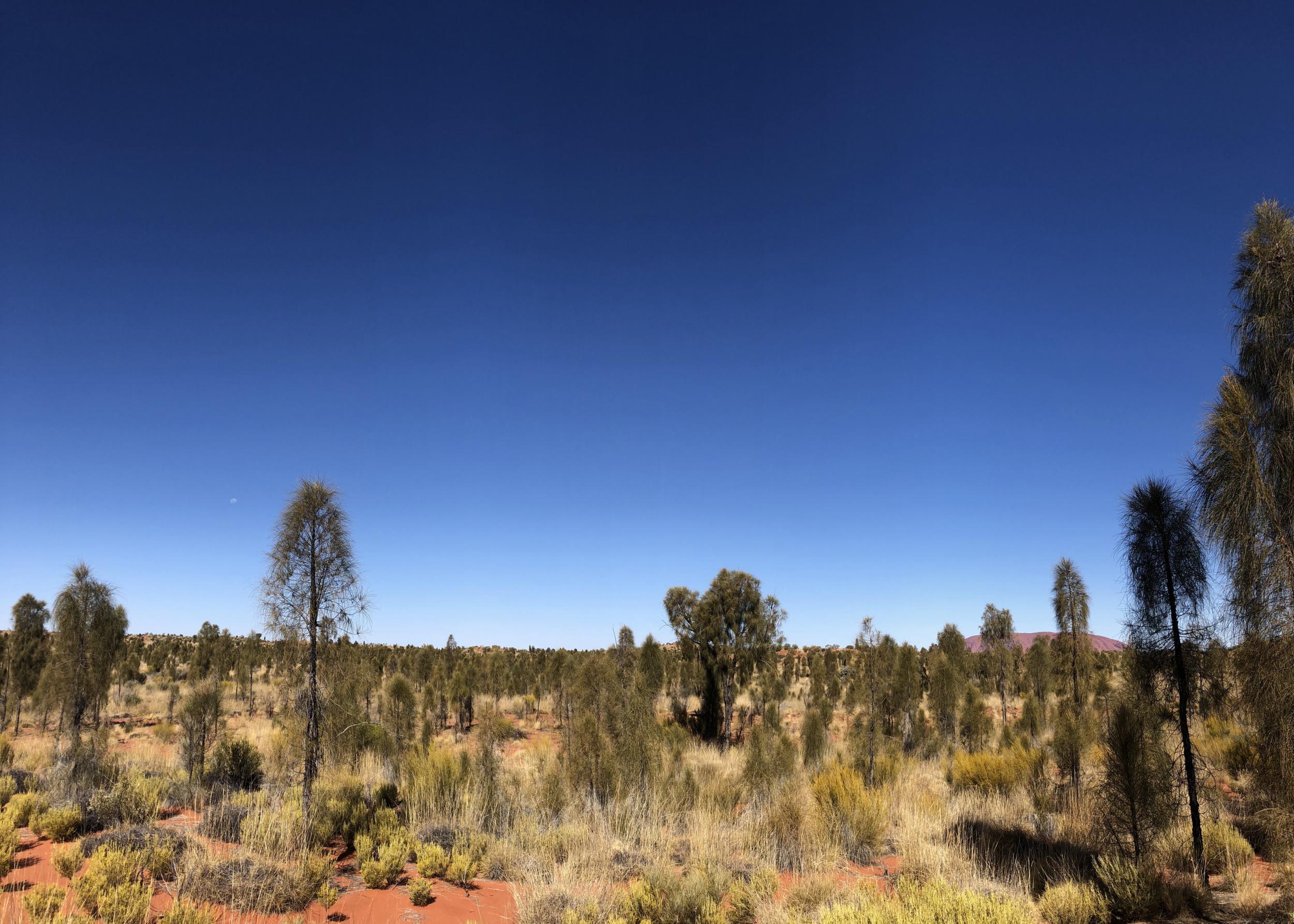
Your support helps us to tell the story
From reproductive rights to climate change to Big Tech, The Independent is on the ground when the story is developing. Whether it's investigating the financials of Elon Musk's pro-Trump PAC or producing our latest documentary, 'The A Word', which shines a light on the American women fighting for reproductive rights, we know how important it is to parse out the facts from the messaging.
At such a critical moment in US history, we need reporters on the ground. Your donation allows us to keep sending journalists to speak to both sides of the story.
The Independent is trusted by Americans across the entire political spectrum. And unlike many other quality news outlets, we choose not to lock Americans out of our reporting and analysis with paywalls. We believe quality journalism should be available to everyone, paid for by those who can afford it.
Your support makes all the difference.We’re getting to the time of year when people are travelling to Australia, or dreaming of doing so. If the latter, forget about it unless you’ve got pockets deeper than the Mariana trench.
So why not head to Australia for their winter instead? I’ve done that for three out of the past four years. Every trip has been a joy; and I’ve endured precisely one rainy, cool afternoon in all that time.
Now, there’s a sobering reason for this: a prolonged and deep drought which even Aussie farmers are coming to accept is linked to global warming. Still, if weather patterns return to normal in 2019, an Australian winter remains a good bet for most travellers – apart from the ones who think it’s not a proper holiday if the temperature is under 30 degrees.
Here are three amazing and reliable Australian winter itineraries.
Trip one: Darwin and Uluru
It’s a pretty ominous word for a regular seasonal phenomenon: the build-up. Darwinites use the word to describe the coming of summer. It’s nothing to do with the heat: 12 degrees from the Equator, that hardly changes all year. The build-up means that the rains, the cyclones and the muscle- and morale-sapping humidity are on the way.
So get there before the build-up builds up. In mid-August, strolling around the city centre under the walkways is pleasant; and sunset eating crocodile tacos on the beach at Mindil is a positive joy.
Darwin’s main purpose is as a gateway to the big, remote and scariest parts of the bush. The quickest way to the crocs’ backyard is with Outback Floatplanes, who use various means of transport to get you close to the salties and their slightly smaller but hardly less intimidating freshwater relatives.
The flying boat coasted to a halt on the Salts Lagoon and the first thing I saw on the waterline was a pair of eyes looking steadily at me above a jaw that would happily deliver 3,700 pounds per square inch of bite force if you dangled a selfie-taking arm over the side.
We headed out on a airboat and saw more crocs sunning themselves on the riverbanks and in the reeds.
And if you are slightly crocodile phobic, this is another argument for being here in the slightly cooler dry season. Their reptile blood hasn’t warmed up enough to make them hungry, and they watched our guide paddling around in the shallows with the somnolent look of someone who’s had one bottle of wine too many at lunch and can’t, frankly, be bothered.
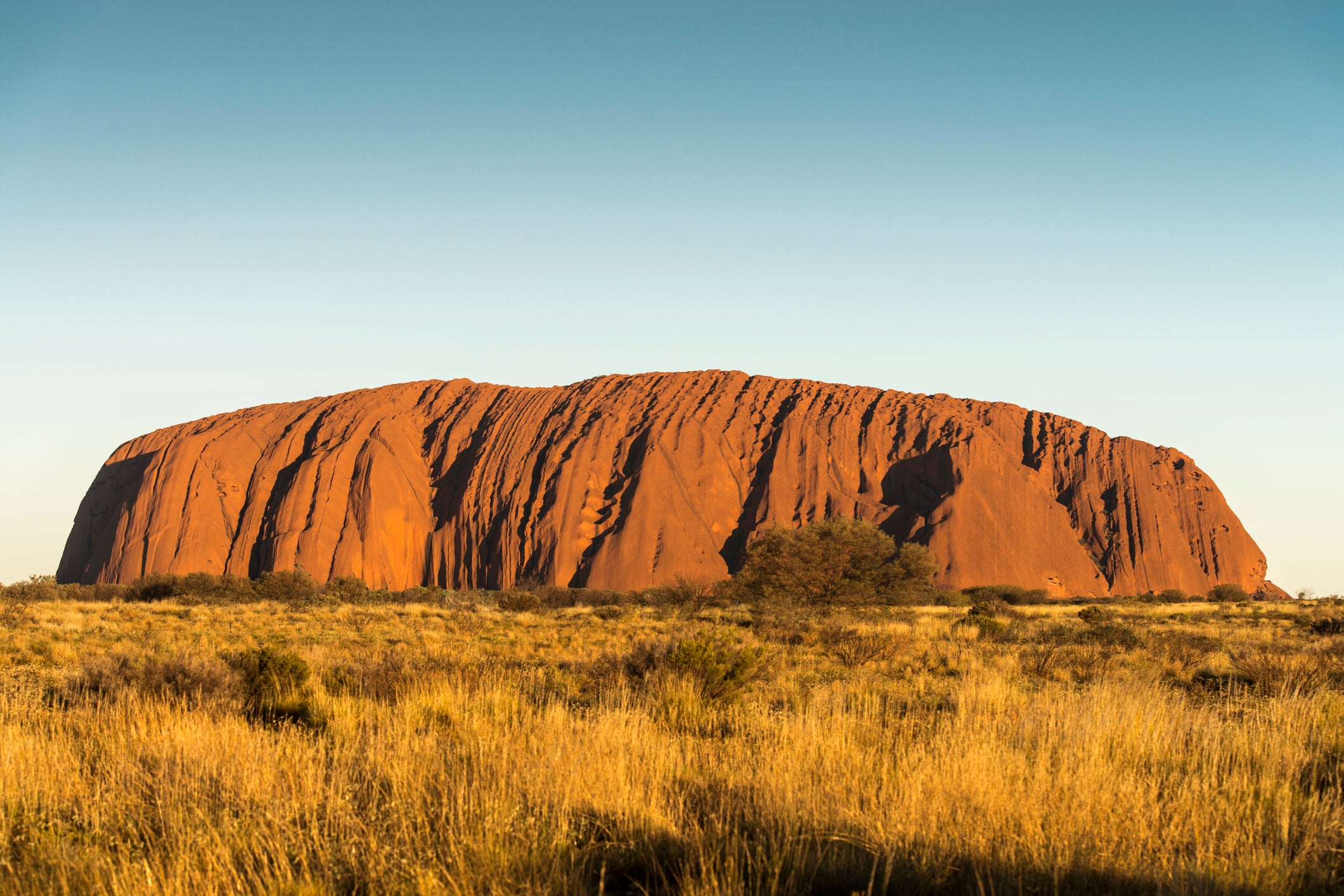
Talking of blood not warming up, I wished I’d had a jacket on as we got the aerial view of the riverlands from a tiny, helter-skelter R44 helicopter. This one had no doors. The seatbelt was ominously similar to one you’d see in an old Ford Fiesta. This was interesting as the pilot banked at 180 degrees and swept down like a descending falcon to have a look at some termite mounds.
From Darwin via Alice Springs I headed to the compromisingly named Ayers Rock/Uluru Airport. With minutes of arriving at the sublime and recently reopened Longitude 131 lodge, I was raiding the giftshop for an RM Williams gilet. This is the middle of the central Australian desert. Days: blinding sun and cool breezes. Evenings: cold enough to freeze the tail off a dingo.
The rooms are thoughtfully supplied with lip balm and flynets. You’re desperate for the former, here in the world’s driest continent, in the middle of a drought. But it’s still too early for the flies and you can see the magical big red rock unmolested by them and relatively unbothered by the buzzing of coach parties
In summer, it’s 40 degrees and the flies are like a hailstorm. They like feeding on the proteins secreted in your eyes and lips. Nice. Go in winter.
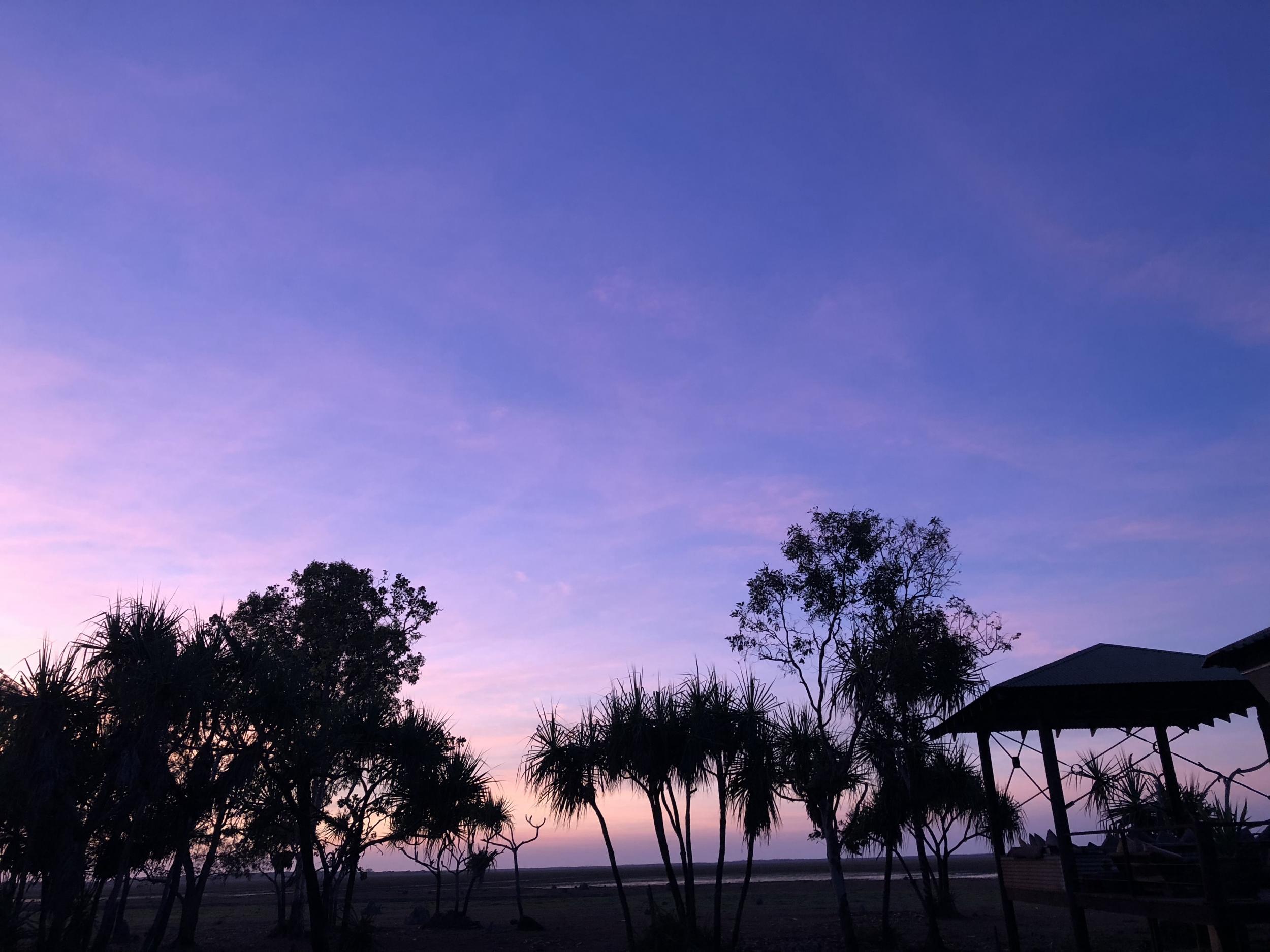
Trip two: Perth to Shark Bay
Perth can get drizzling and cool in winter. I endured precisely seven drops of rain on my tour with the excellent Two Feet & A Heartbeat. Otherwise it was light jacket time. I was expecting Houston and got – well, if not Bath exactly, certainly more heritage and fine buildings than expected.
You’ll be expecting the hear the words “Margaret River” now. But quixotically, we headed in the opposite direction – north, along the Coral Coast. You won’t find too much in the way of swish accommodation here (although let me make an honourable exception of the homely, beachy Dongara Tourist Park). What you will find, because it’s hard to miss, is some of Australia’s – hell, the planet’s – stranger natural wonders.
The Pinnacles: wizard’s hat limestone structures. Fields and fields of them. Stromatolites at Thetis lake. Not much to look at: but these are the world’s oldest surviving living organisms, and you can’t help but come over a bit Dr Brian Cox as you look at their otherworldly shapes in the shallows. The Abrolhos: deserted, spooky subtropical islands where one of the more Baroquely horrible shipwrecks happened. Even more remote and eerie: Dirk Hartog Island, where the first European to land on Australian soil fetched up (Cook came by on his tour much later).
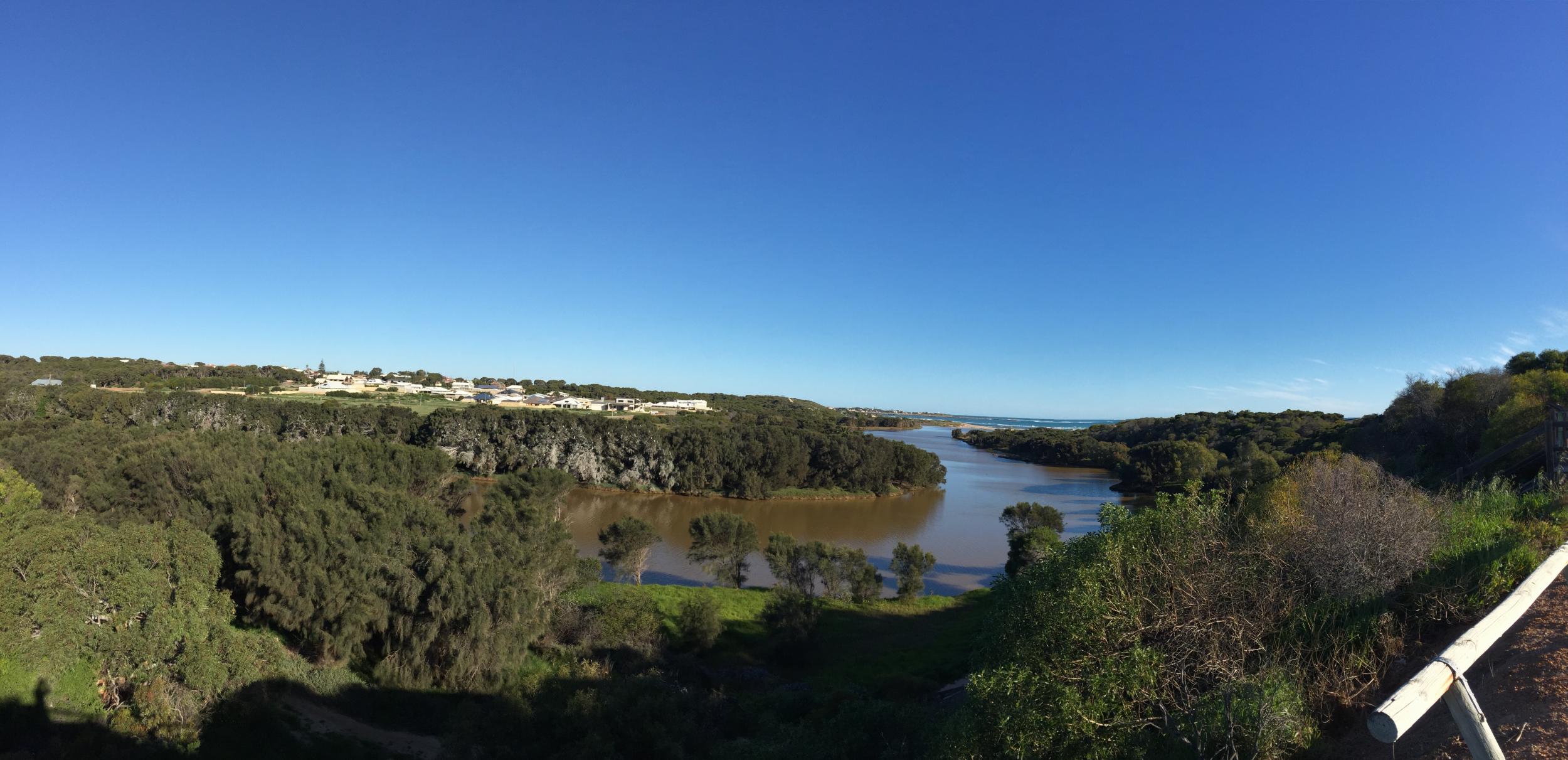
And the national parks: François Peron, white sands, red sand, turquoise seas, thorny devils, rays and turtles; Kalbarri, a red Grand Canyon, with kangaroos hopping between the fossils and an incredible and incredibly vertiginous new skywalk.
Our guide, Rory, says there’s a big problem in summer with European tourists heading up to Kalbarri after landing early in the morning and going straight out for a hike. Heat exhaustion and severe dehydrations aren’t an issue in July, when we were there. Shorts and a light jogging top only required.
Trip three: Brisbane to Tweed Valley
Brizzy was breezy in mid-August, but it was still T-shirt weather as we toured hipster New Farm, swish James Street and the calorific insanity that is the Eat Street Markets – a former riverside wasteland now populated with global-food trucks and caramel popcorn cruffin stalls. No wonder Australians seem to be getting bigger every time I go back.
The portions, aesthetic and cuisine at Halcyon House, down the coast at Cabarita Beach in the northern reaches of New South Wales, are more Mediterranean. But this converted 1950s hotel is pretty close to pure Oz beachy heaven. Artfully clashing fabrics and colours inside; outside, a pretty garden leading to miles of silky sand with surfers somewhere in the distance. And somewhere beyond them, maybe, the occasional great white wondering what’s for lunch.
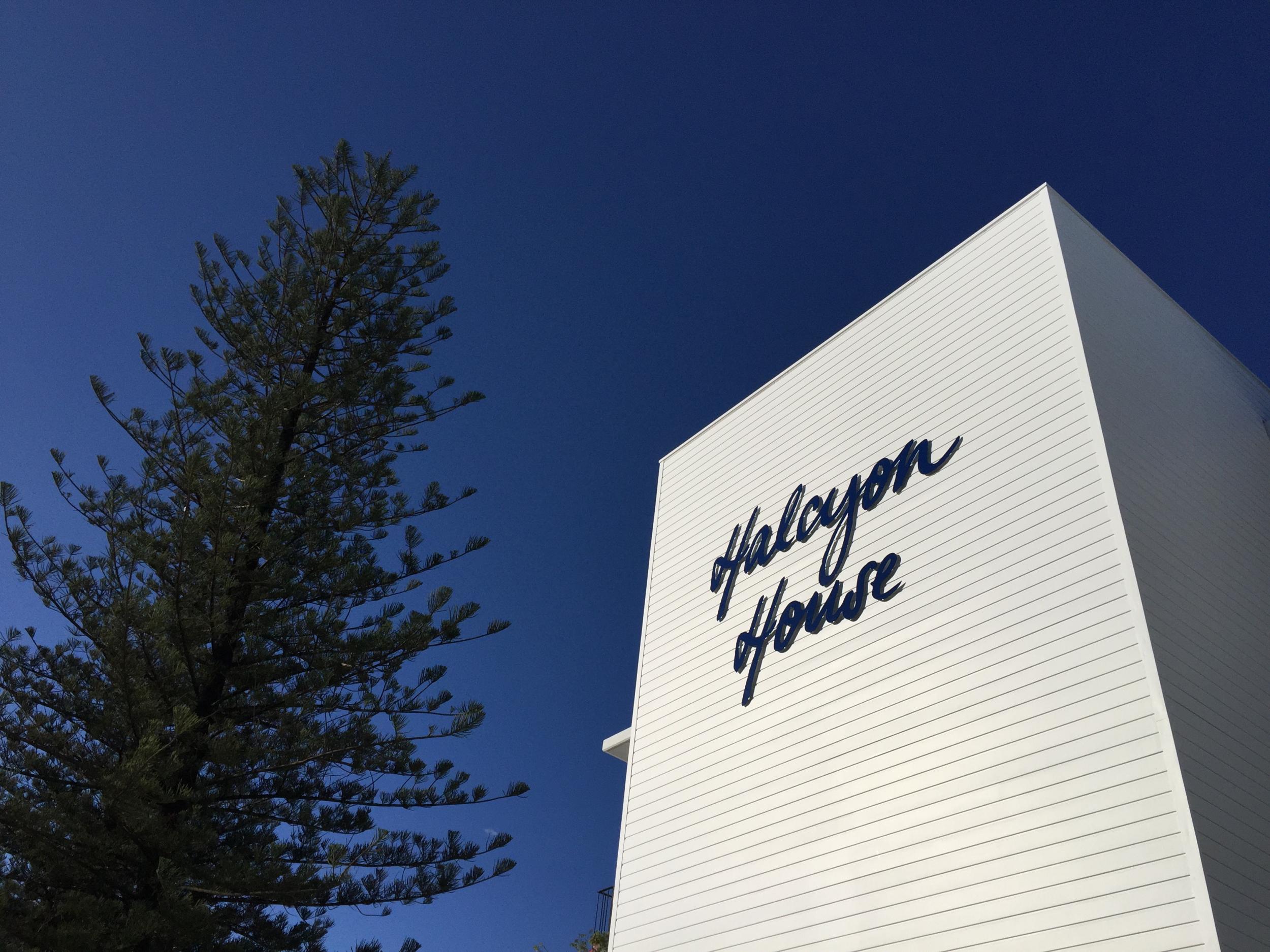
Halcyon House – December to February: forget it – is just about my favourite beach hotel in the world right now. It’s a short drive into the hippy-chic vortex that is Byron Bay. But I urge you to head inland too. This is the Tweed Valley, a vast, lush landscape created from an ancient and impossibly huge shield volcano.
You’ll be aware that volcanic soil means it’s a cinch for farmers. Lose a golf ball here (and I did, at Murwillumbah Golf Club) and you’d expect to see a golf ball tree the next morning.
So you drive around this land of plenty, thinking it’s a bit like the south west of England, but aggrandised, intensified, dramatised to the power of 10. The coffee tastes like coffee roasted in paradise, the cheese doesn’t get cheesier and there are finger limes, Buddha’s hands, yuzu, almond myrtle and quite a lot of other stuff you don’t get in Bridport.
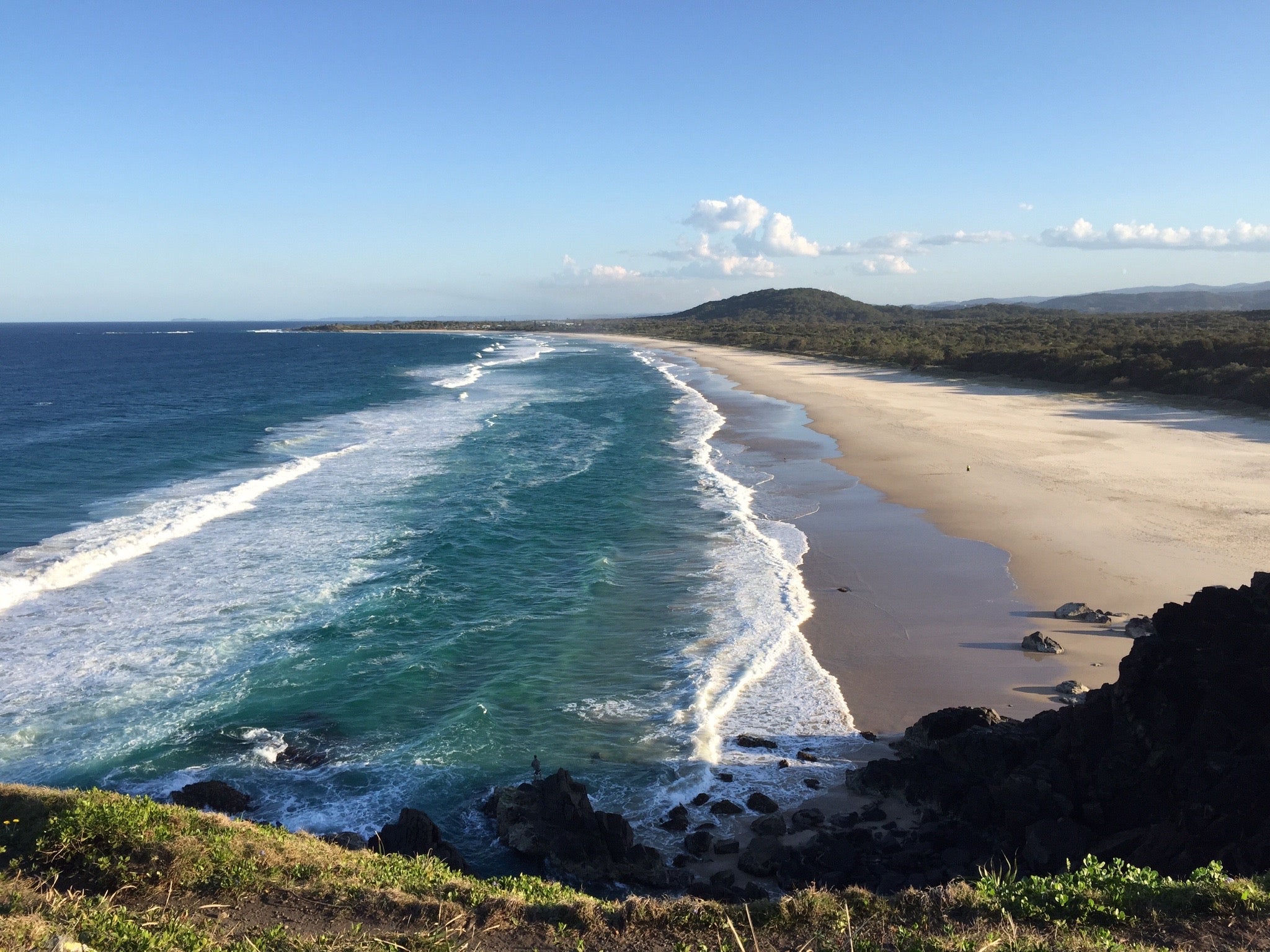
This was spring, and in this desiccated and challenged country, it was heaven to feel the land breathing and regenerating. You feel pretty regenerated, too, when you come back from an Aussie winter. Sure, you’ll probably want to give the south a miss: Melbourne, Tasmania, even Adelaide can get grey and properly, Britishly cold. But pick your region, smile smugly as you tot up the flight and hotel deals and, as the great Australian saying has it, she’ll be right.
Travel essentials
Getting there
A number of airlines fly to Australia from the UK, usually with a stopover in the Middle East or Asia. Qantas flies direct to Perth from London from around £850 return.
Staying there
Luxury Lodges of Australia is a network of upmarket residences around the country. For more information about Australia, visit Tourism Australia.
Join our commenting forum
Join thought-provoking conversations, follow other Independent readers and see their replies
Comments